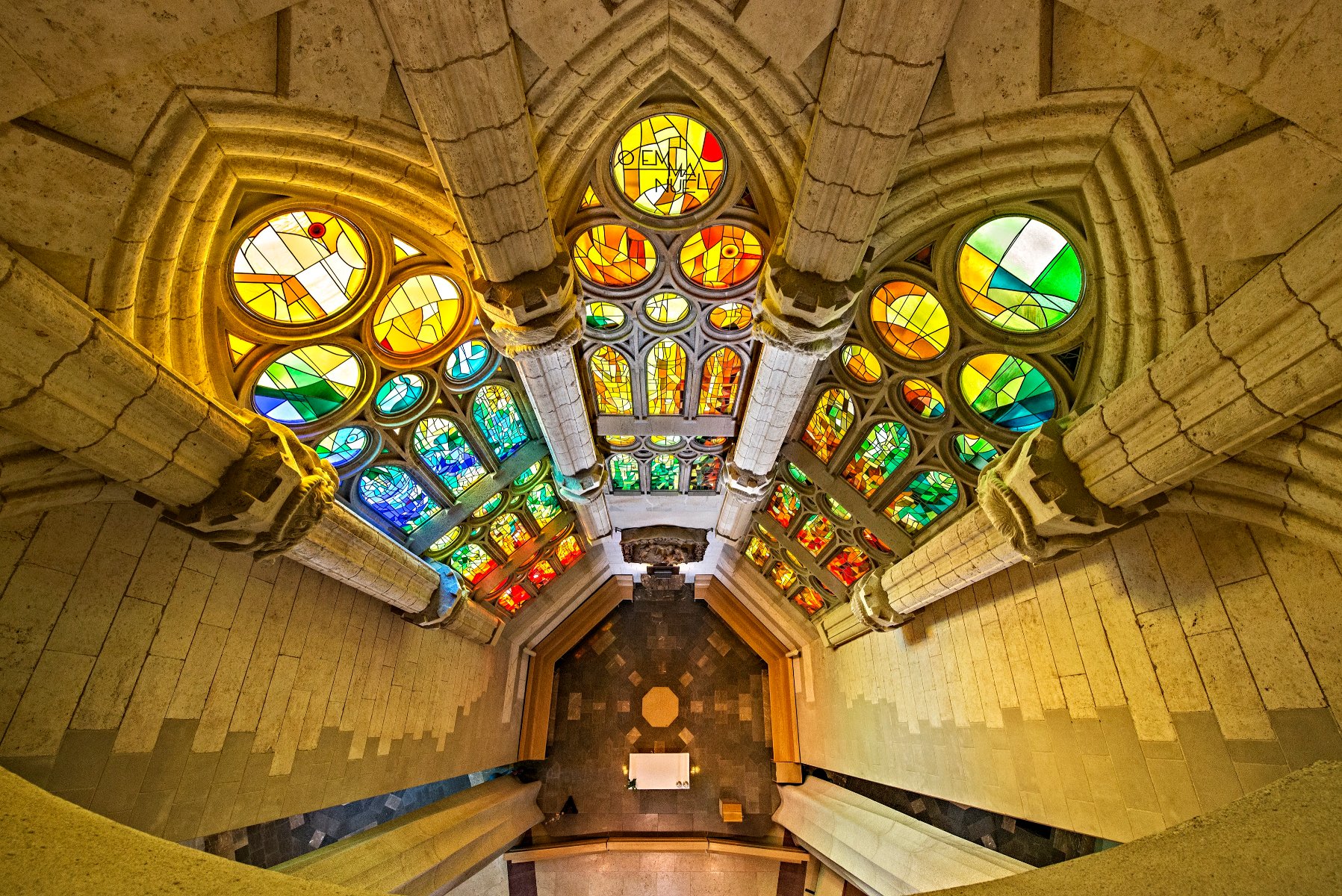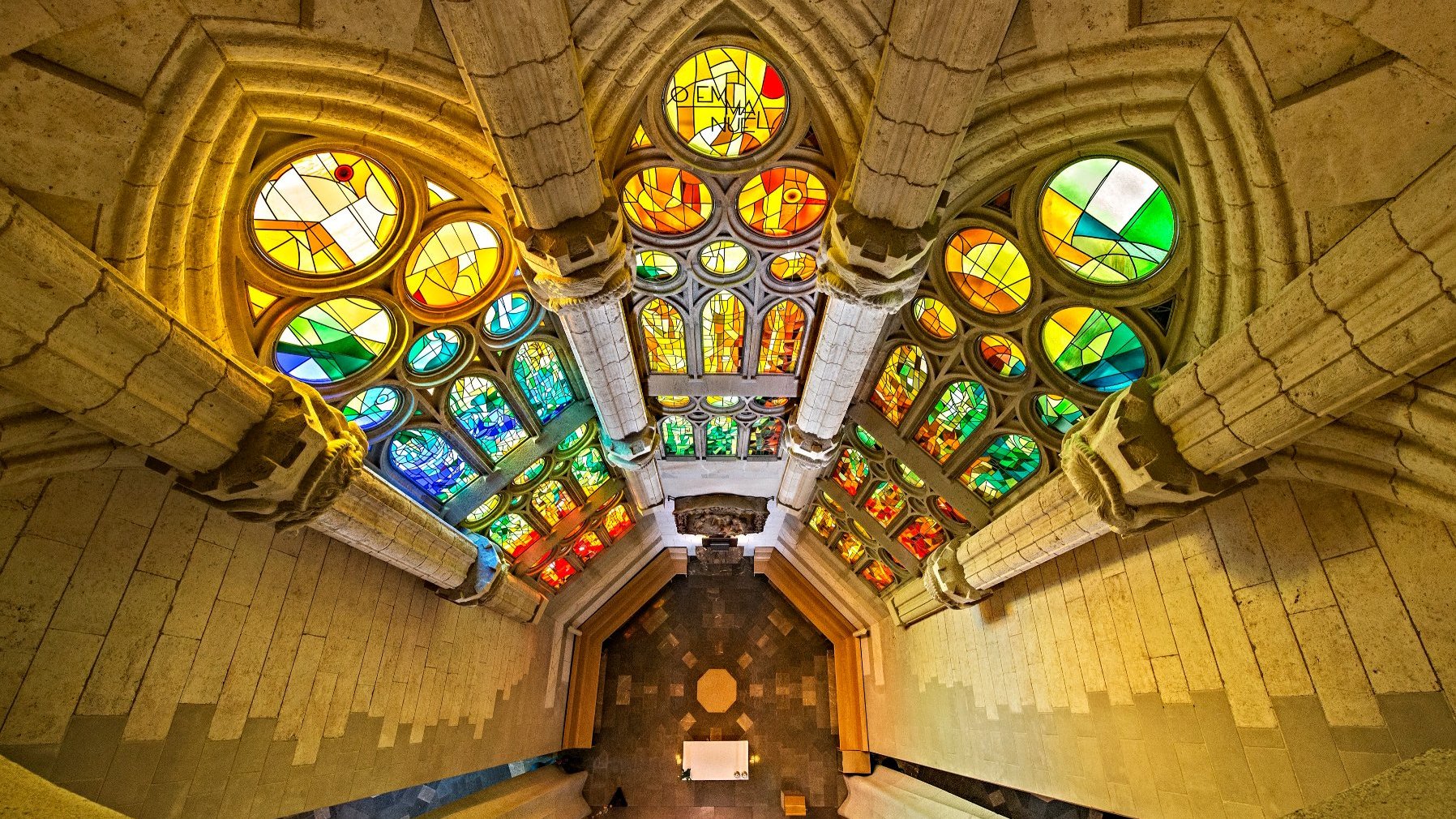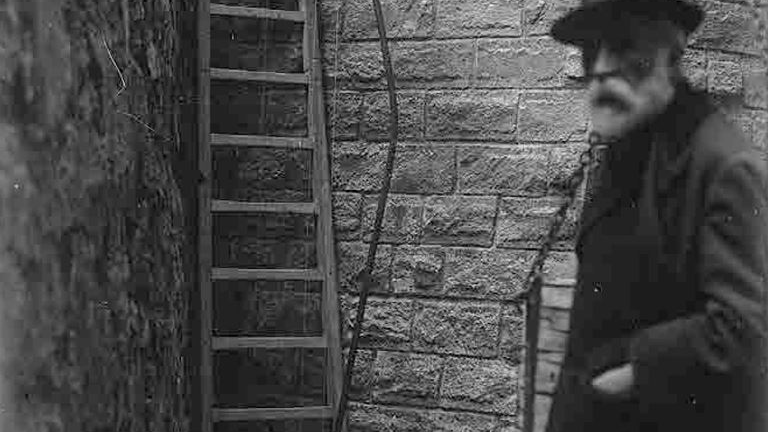The Wizard of Catalonia

Asked about Gaudí, the majority of people think of his most remarkable masterpiece, the Sagrada Familia in Barcelona. In fact, though, Catalonia's entire capital city is dotted with testimonies to the artist's creative spirit and ingenuity. Fancy a walking tour of Barcelona in Gaudí's footsteps? Not a problem. Such tours are in ample supply at just about any travel agency, large or small. If you miss Sagrada Familia, Güell Palace, Casa Batlló, Milà or a number of other works by this architect, you have not seen Barcelona. I think there is a catch to his popularity though. It results from people's common belief that they already know everything there is to know about such admired works, even if they only content themselves with sketchy descriptions and dazzling curiosities meant to make one feel one knows even more than is necessary. The big question is: what lies beneath such skin-deep descriptions and titbits?
Another apparent catch is the natural human tendency of the viewers of sculptures, and especially paintings and graphics, to pick apart the personalities of the great artists who made them. People just love guessing what artists intended to convey with the themes, forms and colours of a given piece and what drove them to do so. This is cottage psychoanalysis. Was he depressed? Was he reacting to wartime trauma, or unrequited love? Or perhaps, on the contrary, he was having the happiest and most peaceful time of his life. How do people respond to architecture and architects, especially those most famous? It may well be that, as a form of art that is much more integrated into our daily lives than paintings and one that serves a number of practical purposes, architecture seems to belong to the physical rather than the spiritual or emotional world, despite the sneaking suspicion that this view is grossly unjustified. What then is the relationship between the sum total of an architect's human experience and his ideas, whether or not expressed in actual structures?
Catalonia, Gaudí father's old monastery and workshop
Antoni Gaudí is thought to have been born on 25 June 1852, the son of Antonia and Francesco Gaudí. I hasten to note that this date is subject to an enduring controversy that results from the would-be architect's ambiguous certificate of baptism. In fact, the artist himself perpetrated the ambivalence. Ever since Gaudí's childhood, his thinking and imagination were shaped by the nature and architecture around him, with all their accompanying impressions, symbols, histories, and people. As a young boy, Gaudí was incessantly exposed to Reus, Riudoms, the Pyrenees looming in the distance, and much more. It was simply Catalonia, with all of its beauty and uniqueness. Gaudí was fascinated by the shapes of churches, the amazing effects of light on building stones, as well as the legends and evidence of religiosity encountered at almost every step.
Against this background, it is only appropriate to mention the Cistercian monastery in Poblet, a place of religious worship devastated in the Spanish civil war that began in 1833. While still in his teens, Gaudí and two of his friends set out on exploring and reconstructing this site which naturally became a source of Antoni's first architectural experience. He observed and examined the building's structure, captured it in his drawings and devised a plan for the monastery's restoration.
This experience and the plentiful opportunities afforded to little Antoni to observe the work of his father, a craftsman whose creations were also three-dimensional and required spatial thinking and the ability to transform ideas into physical objects, greatly influenced Gaudí's world view and approach to work.
The contrasts of Barcelona
The next chapter in Gaudí's education began in 1868 in Barcelona. Despite missing Reus, which at the time saw the revival of Catalan identity, and his ancestral home, Gaudí drew all he could out of Barcelona. Abundant in inspiration, Barcelona proved to be brim-full of unexpected contrasts and broad diversity with shoddy working-class slum neighbourhoods, such as Born, next to the gothic district and the city centre developed to a grand urban plan. As if this were not enough, its very architecture reflected the city's eventful history that left behind a dizzying profusion of themes, styles, and motifs. Barcelona had it all. One could instantly be transported from a bustling street to a soothingly calm interior of a Romanesque church, find a majestic gate leading to a modest building, or stumble upon a humble façade concealing a flashy eccentric interior.
Young Gaudí soaked this all up like a sponge, all the while applying himself to elementary physics and natural history at the Instituto de Jaume Balmes and, once he enrolled, in 1869, in a multi-year university programme at the Faculty of Science, ardently committing himself to the studies of differential and integral calculus, mechanics, geometry, chemistry, geography, physics, natural history, algebra, and trigonometry. This programme equipped him well to pursue studies at Escola Tècnica Superior d'Arquitectura.
The Gaudí paradox
Next to his Catalonian background, a strong sense of cultural identity shaped by his environment, and an amazement with nature that strongly piqued his imagination, Gaudí displayed persistence as a student of science, probably realizing that such knowledge and skills were indispensable for any architect. While often portrayed as a genius, Gaudí is also described as a wizard. And what is a wizard? A fantasy character who wields magic, defying the rules of physics and laws of nature and conjuring up things that an ordinary person would never be able to make. With such rudimentary information on Gaudí as is provided above, even a mind largely lacking analytical skills will readily see that he made his structures with science rather than magic spells. That said, the end results of his work were undeniably the products of an incredible and powerful imagination. Is there a contradiction here? There definitely is.
But that was Gaudí. He is remembered for many things by the people who knew him. Many have recollected him as a student who sought to be something of a dandy. Others noted his great respect for manual workers and his belief that nothing could ever be made without an effort. Having reportedly briefly toyed with anti-clerical ideas, Gaudí went on to become a Servant of God who was even nominated for beatification. Seen as a bore by some, he impressed others with his sense of humour. Some saw him as an eternal child with unbridled fantasy, others believed him to have been a mature man of great knowledge and wisdom. His teachers saw his genius, while rebuking him for his theatrical approach to projects. Some thought of him as an introverted monk-like loner who was constantly adrift in his imaginary world, while others underlined his practical sense, political-mindedness, and pro-social efforts. Each of them may well have been right. Or perhaps none of them were?
One may wonder whether Gaudí's life was filled with amazing events. In some respects, his life path resembled that of many other artists. Incomplete projects, an early period of low paying jobs followed by a sudden upswing of fate facilitated by connections that placed him under the wings of principals and patrons, his end-of-life decline, his dogged dedication to his most magnificent masterpiece, the Sagrada Familia, which in fact remains unfinished to this day, and his poverty, which made him a target of caricatures in Spanish press.
Barcelona and Gaudí, both full of contradictions. No other turn of events could have led to a more symbolic union. The life of the city and the life of the architect seemed to have pulsed to the same rhythm revealing a wide spectrum of differences packed into a most peculiar amalgam.
Justyna Żarczyńska
translation: Krzysztof Kotkowski
- Antoni Gaudí, 5 March-3 July, Zamek (Castle) Cultural Centre, an exhibition curated by Charo Sanjuán Gómez, on view in the Castle's Exhibition Hall and West Wing,
- Tue.-Sun. 12-8pm, Thu. 12-10pm, school tours: Mon.-Fri. 9am-8pm (by appointment only),
- admission: PLN 30 (regular), PLN 25 (discounted), PLN 20 (groups of over 15 people)
- for details, see the Antoni Gaudi tab at ckzamek.pl
© Wydawnictwo Miejskie Posnania 2022
See more

From One Celebration to Another

Christmas Markets and Fairs with Attractions

Truly Festive Vibes




